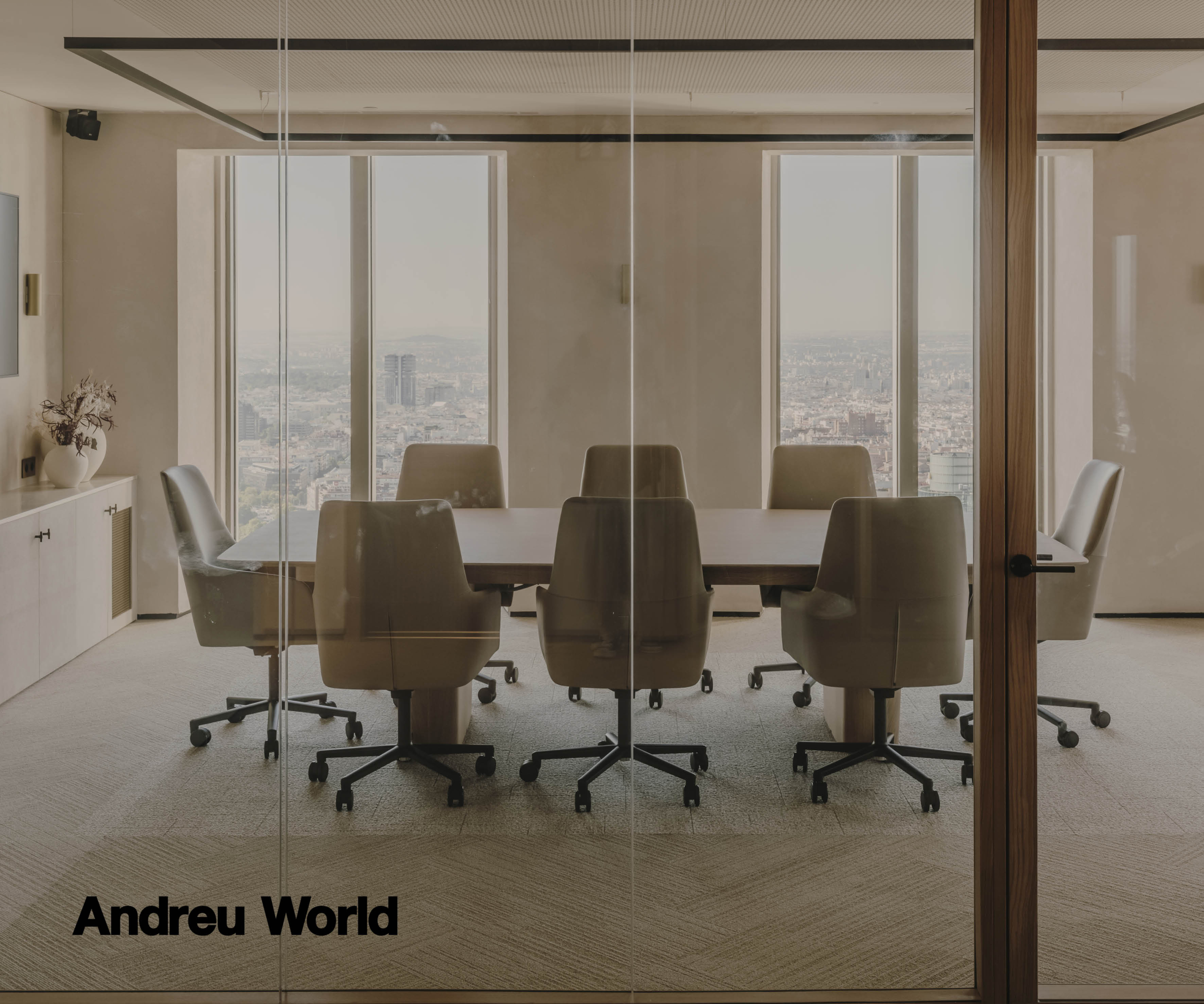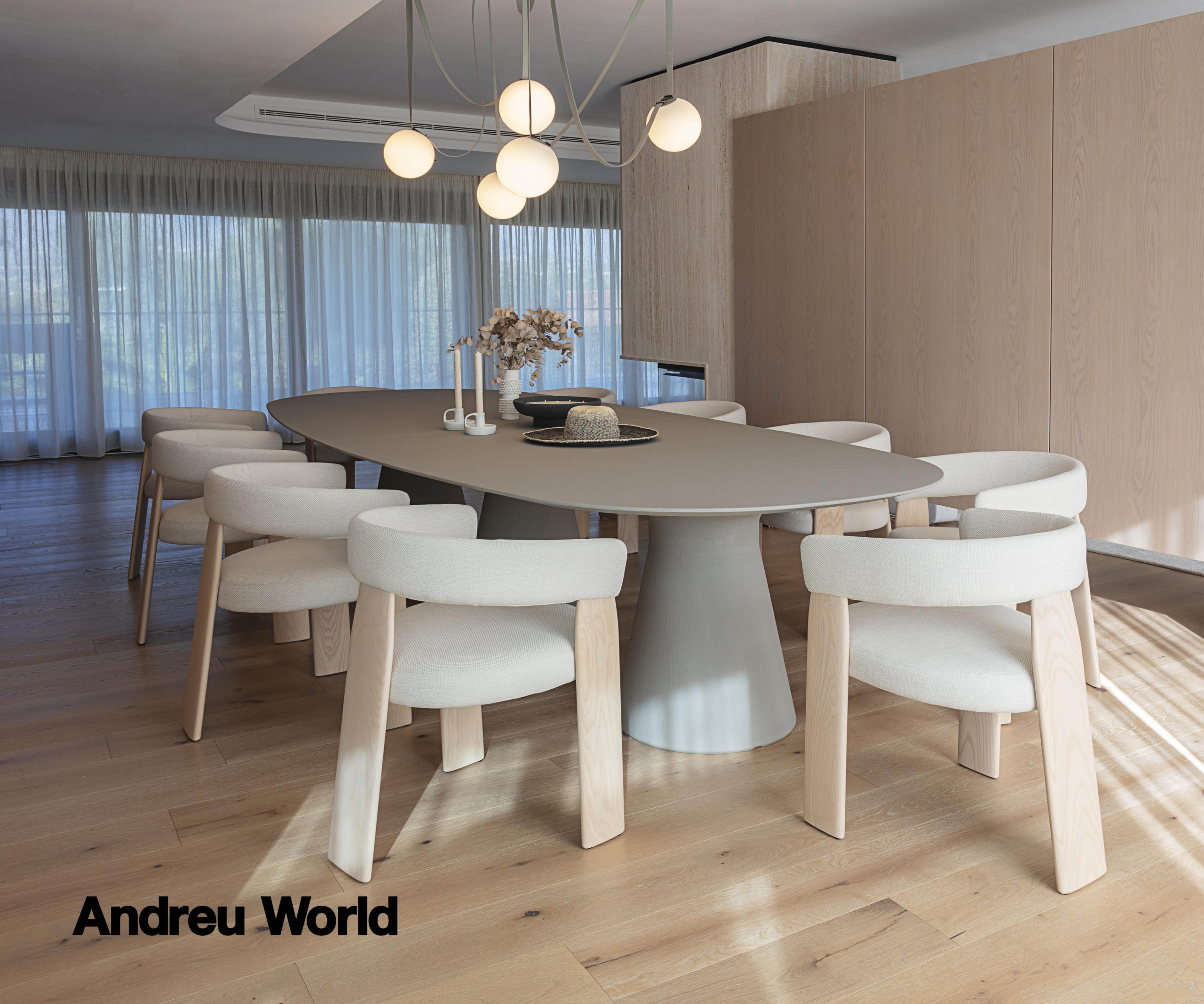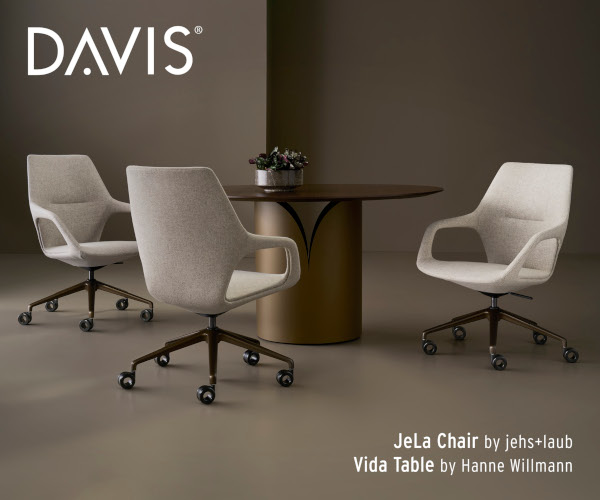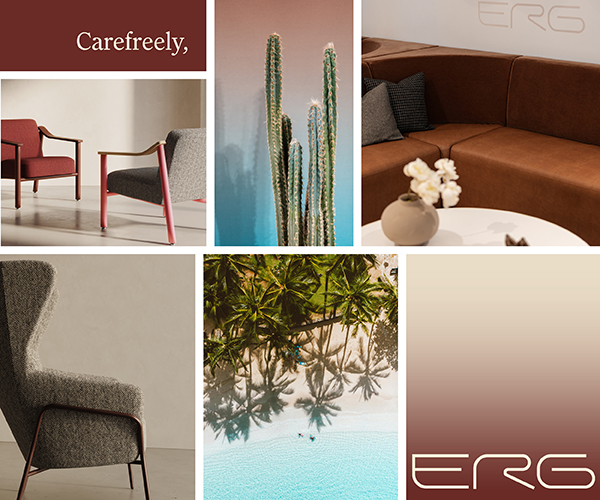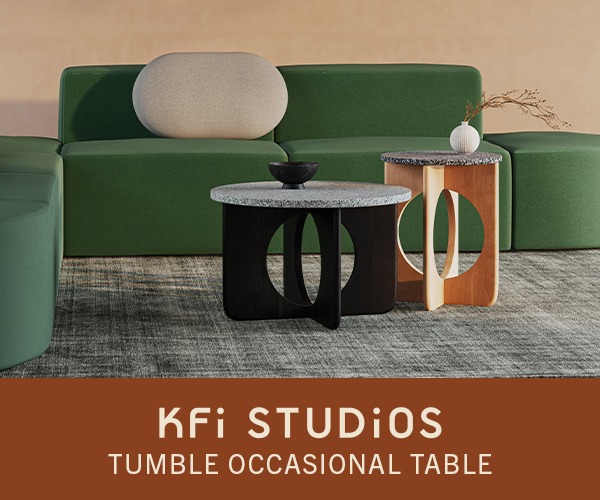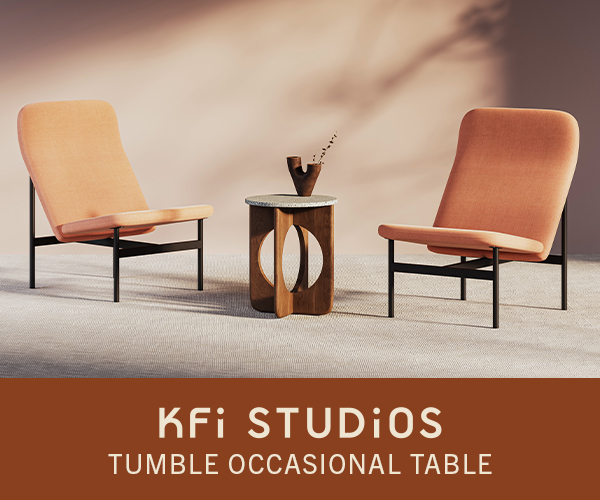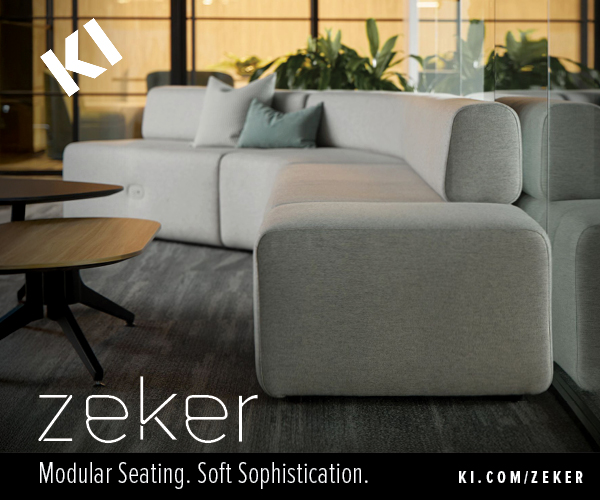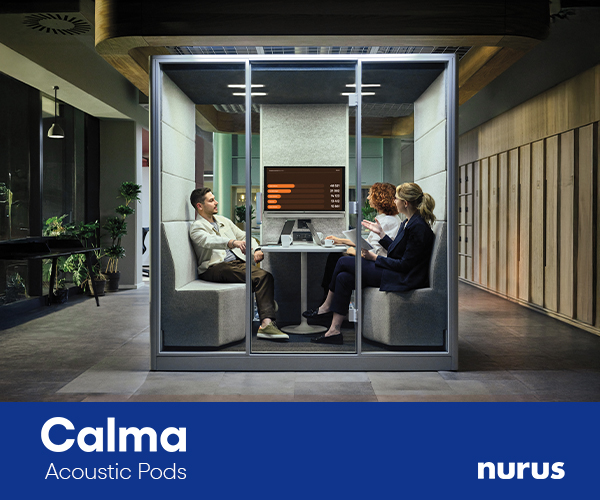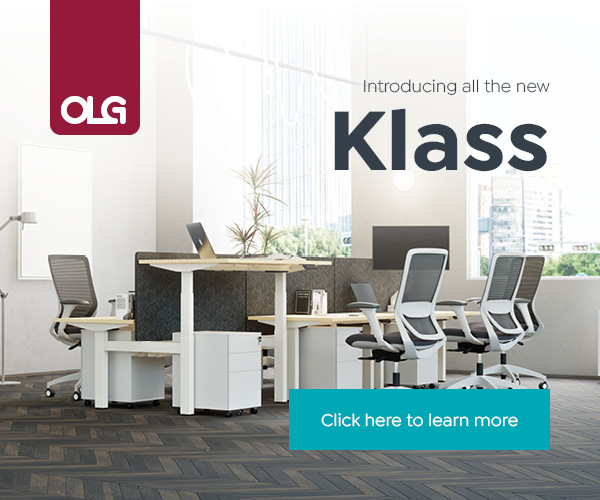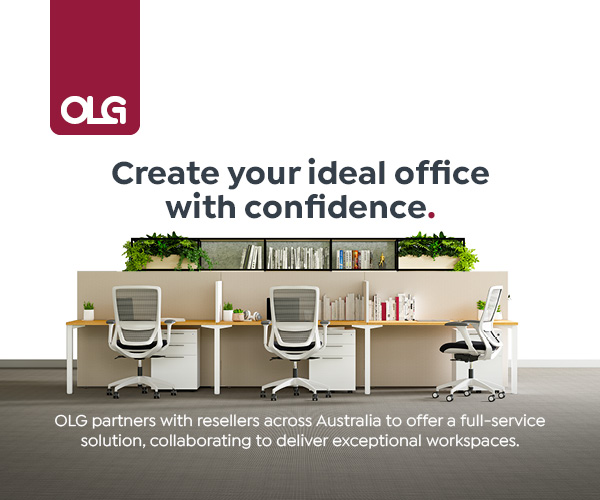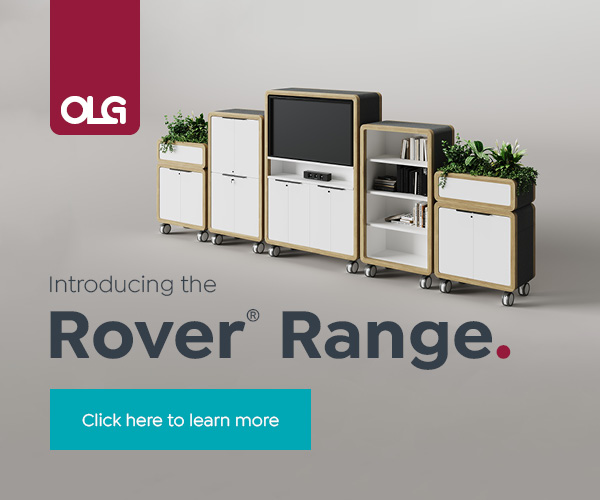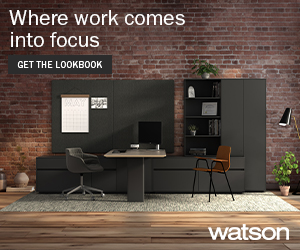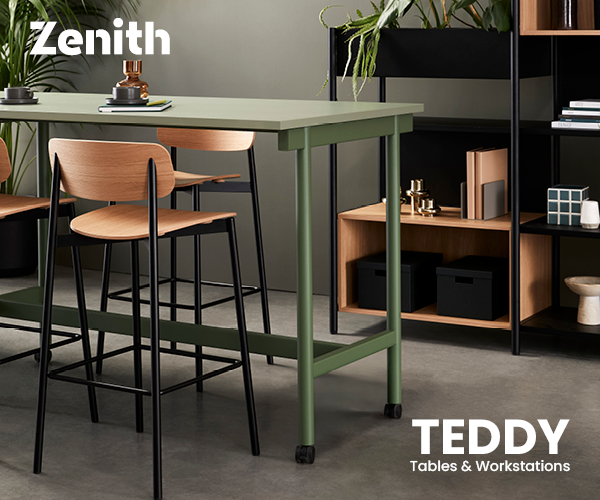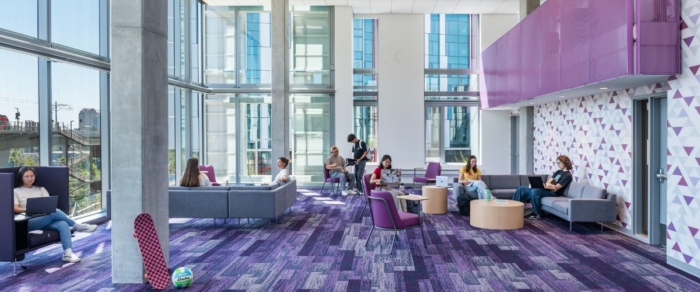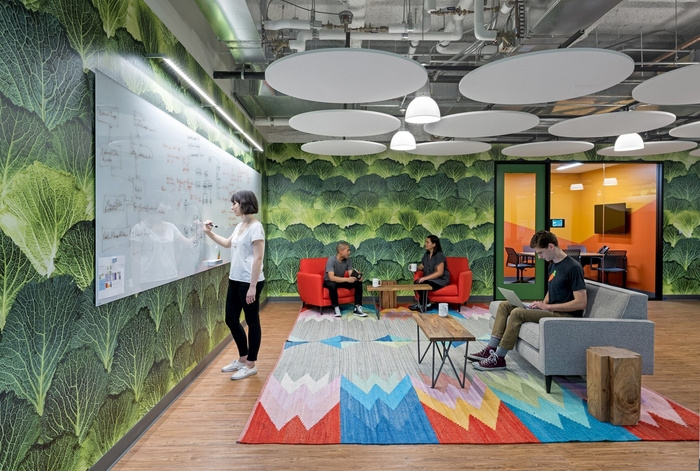
On Collaboration: An Interview with Blitz Architecture Principal Melissa Hanley
On Collaboration is a editorial series of interviews investigating the concept of collaboration in the modern workplace.
In the 8 years since Office Snapshots began publishing, we’ve watched the idea of the collaborative office rise to the level of an almost meaningless buzzword. But collaboration – working together to achieve a goal or complete a task – is an essential ingredient in any workplace that will not disappear any time soon.
—
We recently spoke with Melissa Hanley, Principal of Blitz Architecture + Interiors, the San Francisco-based firm responsible for the design of offices for companies like Microsoft, Malwarebytes, Instacart, and Zendesk. She tells us about what collaboration in the contemporary office landscape looks like and how the firm works to help clients create an environment which matches the unique needs of each organization.
Office Snapshots: What does a collaborative office space look for a client of Blitz Architecture + Interiors? Is it different depending on the company?
Melissa Hanley: Collaborative space definitely varies from company to company. For some firms, collaboration is a short, 2 minute chat at the workstation and for other firms it involves a lengthy brainstorming session in a war room or at a team-adjacent white board. When we’re completing our programming work we dig deep into what constitutes a project for our client so that we can understand what kind of communication and collaboration the space must support.
OS: Do companies ask you for a “collaborative office” or do those needs present themselves through discussions about what their needs are.
MH: Collaboration is the new buzzword so many clients do ask for collaborative space when they initially hire us. How that specifically manifests itself is unique for each firm and is determined after we’ve spent the time getting to know them.
OS: We often see companies thinking of collaboration as being “putting employees in an open plan and watch them collaborate”. Do you find that there are misconceptions about what collaborative work environments are?
MH: Absolutely. The one-size-fits-all mentality that has become so prevalent in the last couple of years is a total fail. Creating a sea of desks in a 100% open office environment fails to acknowledge the variety of tasks we encounter on a daily basis as workers and the variety of functions that exist within the modern office. For example, for most firms, it is inappropriate to put HR in the middle of an open space given the sensitive conversation that occur. Additionally, it’s critical to consider that during the course of the day, folks will need some uninterrupted heads-down time in addition to boisterous, team collaboration. If you’re going to create a open-environment, you have to supplement that with enough breakout and heads-down spaces to give users a variety of environments to work in to support their various tasks.
OS: Is the actual act of collaborating something that is design-driven or culture-driven? Or both?
MH: I tell all of our clients that design can only support culture, not create it. If you don’t have a culture that supports a mid-day ping-pong tournament then it’s not going to happen regardless of whether or not you build in the most awesome games room. A company’s culture must support the sharing of wild and crazy ideas to really encourage open collaboration. If folks feel like their ideas will be shot down and don’t feel safe in putting themselves out there, then real collaboration won’t be possible regardless of the environment.
OS: Do you have any other thoughts about what a collaborative office environment is or isn’t or should be?
MH: It really starts with the people and culture. Our job as designers is to support what already exists and remove the physical roadblocks to open communication. How that manifests itself will be different for each team. Our first (and most important) task is to listen. Then we can start to create space.
